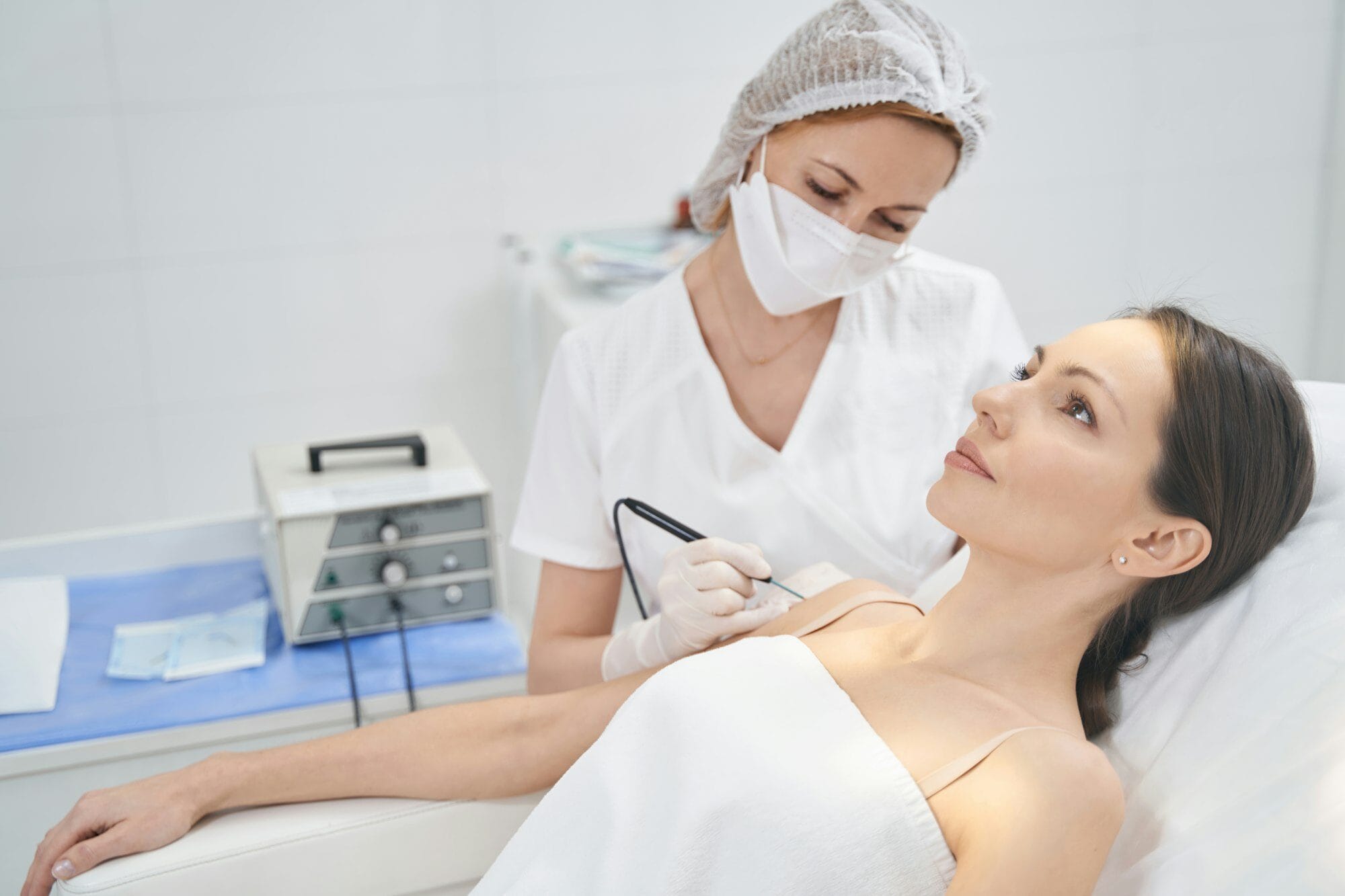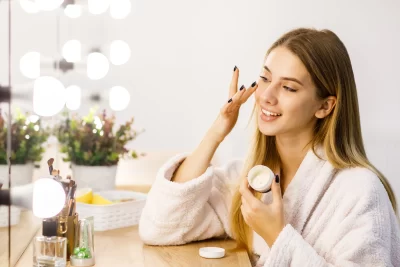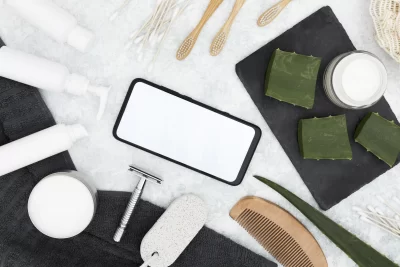
Introduction
Exfoliation is one of the most crucial steps in a skincare routine, helping to remove dead skin cells, brighten the complexion, and reduce issues like acne, dark spots, and wrinkles. However, choosing the right type of exfoliation based on your skin type and concerns is essential. In this article, we will explore different types of exfoliation and help you determine the best option for your skin.
Types of Skin Exfoliation
Exfoliation is mainly categorized into two types:
1. Physical Exfoliation (Scrubs and Brushes)
Physical exfoliation involves using fine particles, special brushes, or other tools to remove dead skin cells. This type of exfoliation is generally suitable for those with oily or combination skin.
🔹 Benefits:
- Instantly removes dead skin cells
- Enhances blood circulation in the skin
🔹 Drawbacks:
- Overuse can lead to sensitivity and skin damage.
- Not recommended for sensitive or acne-prone skin.
2. Chemical Exfoliation (AHA, BHA, and PHA)
Chemical exfoliation utilizes acids to break down dead skin cells and accelerate skin renewal. This method can be customized for different skin types and has deeper effects than physical exfoliation.
AHA (Alpha Hydroxy Acids)
Best suited for dry and damaged skin, AHAs include glycolic acid and lactic acid.
🔹 Benefits:
- Brightens and hydrates the skin
- Reduces fine lines and wrinkles
🔹 Drawbacks:
- May increase sensitivity to sunlight.
- Can cause slight redness or irritation initially.
BHA (Beta Hydroxy Acids)
Ideal for oily and acne-prone skin, BHAs include salicylic acid.
🔹 Benefits:
- Deeply cleans pores
- Reduces excess oil and prevents blackheads
🔹 Drawbacks:
- Can cause dryness.
- May lead to slight peeling in some cases.
PHA (Poly Hydroxy Acids)
Best suited for highly sensitive and redness-prone skin.
🔹 Benefits:
- Gentle effect without excessive irritation
- Helps retain skin moisture
🔹 Drawbacks:
- Works more slowly compared to AHA and BHA.
How to Choose the Right Peel for Your Skin Type
For Oily and Acne-Prone Skin:
- Best Choice: BHA (Salicylic Acid)
- Why: This exfoliator penetrates deep into pores, removing oil and debris, reducing blackheads and whiteheads.
For Dry and Dehydrated Skin:
- Best Choice: AHA (Glycolic or Lactic Acid)
- Why: This exfoliator gently removes dead cells while hydrating and softening the skin.
For Sensitive Skin:
- Best Choice: PHA or Low-Percentage AHA
- Why: These exfoliators are mild and do not cause excessive irritation or redness.
For Combination Skin:
- Best Choice: A Combination of BHA and AHA
- Why: This combination helps regulate oil in oily areas while keeping dry areas hydrated.
Important Tips When Using Exfoliators
✅ Always apply sunscreen after exfoliation, as your skin becomes more sensitive. ✅ Use exfoliators 2-3 times per week, unless you have very sensitive skin. ✅ If using treatment products like retinol, minimize exfoliation to prevent excessive irritation. ✅ If you experience excessive redness or burning, discontinue use and moisturize your skin.
Conclusion
Choosing the right exfoliator depends on your skin type and concerns. If you have oily and acne-prone skin, BHA is the best option, while dry skin benefits from AHA. For sensitive skin, PHA or low-percentage AHA is ideal. The key to effective exfoliation is maintaining balance and avoiding overuse to protect your skin’s natural barrier.
By following these guidelines, you can achieve healthy, glowing, and flawless skin! 💖




